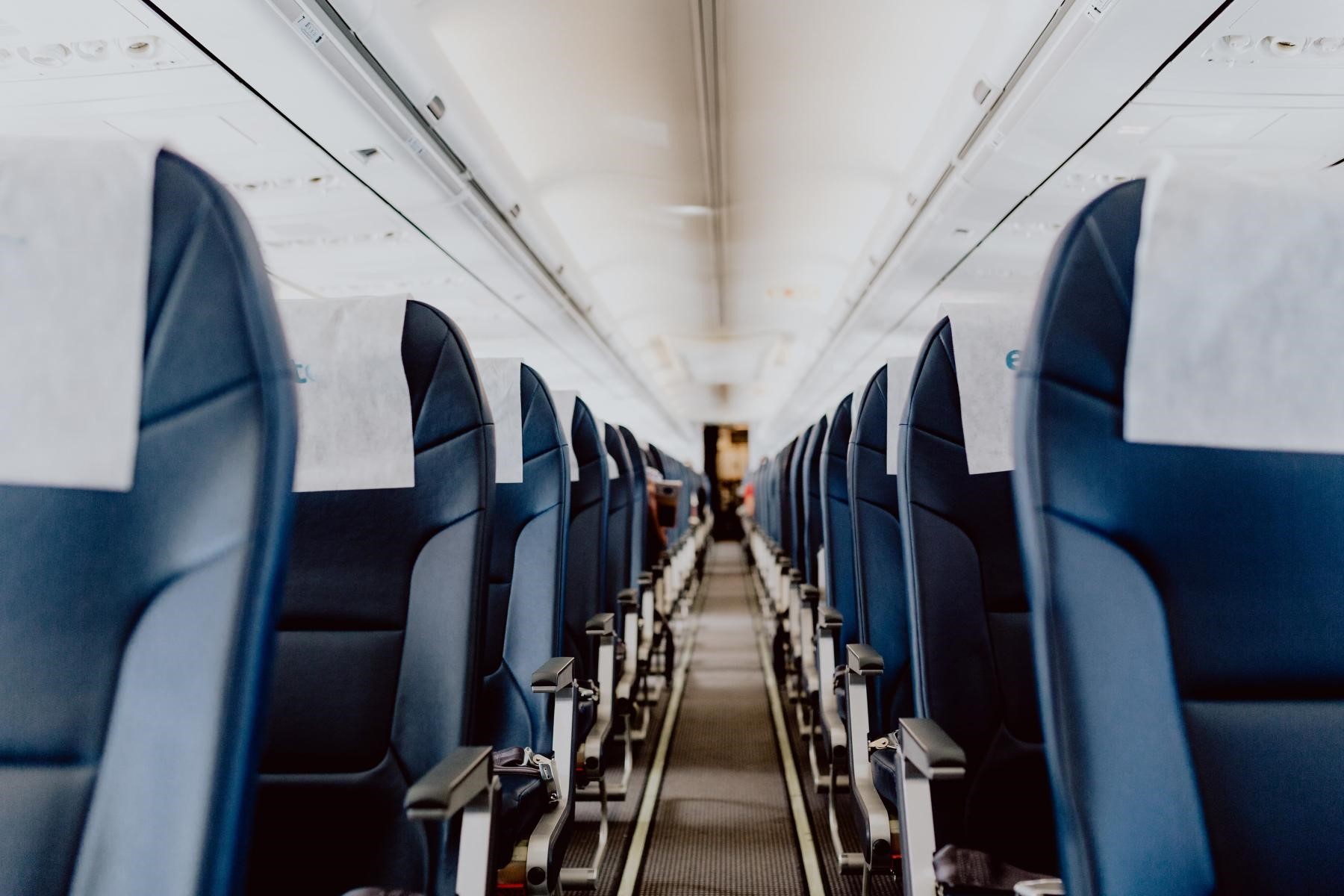Health and Safety on a Bunnik Tour
Traveller safety is our highest priority. Bunnik Tours’ has therefore adopted the covid safe travel protocols released by the Council of Australian Tour Operators (CATO) and the World Travel & Tourism Council (WTTC) to ensure a high level of hygiene and safety on our tours. Bunnik Tours has always practiced social distancing through our policy of using full sized coaches for small groups.
Bunnik, that’s our family name! We’re a family business and our name is on the door. We’re committed to providing you confidence in booking and confidence in travelling with us on your next small group tour.
We provide Confidence in Travelling with us by:
Our group size is small and has been this way since 2012. We use a full size coach in most locations whilst restricting our group numbers to a maximum size of 20 travellers.
Health and safety protocols in place across all regions for when you are travelling with us.
Wherever you may be heading on holiday, it’s always a good idea to take precautions to stay healthy. We have compiled a handy list of actions you can take to help you enjoy your holiday to the fullest!
On the plane
Airlines undertake deep cleans of their craft on long-haul flights, but it doesn’t hurt to pack antibacterial wipes to clean your personal area including window shade and surround, armrest, tray table, seat belt, remote and the back of the seat in front of you.
When you use the bathroom, wash your hands thoroughly, and on returning to your seat, you might also wish to use some hand sanitiser to remove any germs from touching the toilet door.
 ???????
???????
On tour
We've always held the principle that small group touring allows for the best touring experience. This holds true now, more so than ever before. Many other group tours will continue selling until their bus is full. This can mean all 49 seats are taken which leaves fewer chances to access window seats, bottlenecks upon entry and exit of the vehicle and passengers in close proximity to one another.
Since 2012 we have limited our group size to a maximum of 20 travellers whilst still using full size coaches. This has allowed our travellers greater access to the views but also room to spread out in comfortable and appropriately distanced transportation.
Avoid eating street food.
Drink plenty of water.
After using bathroom facilities, touching money and before eating, be sure to wash your hands thoroughly with soap and water or use hand sanitiser when this is not available. See below for detailed information on keeping hands clean.
Consider wiping down your mobile phone regularly.
In your hotel
Clean down high touch items, including light switches, alarm clock (if using) and the remote. Consider packing some snap lock bags and place the remote inside this if you are going to watch television.

On the bus
Be sure to pack hand sanitiser and tissues to use as you need. Take your rubbish with you off the bus and dispose of it properly.
Keeping clean hands
The most important way to maintain hygiene is by cleaning your hands. Follow the below advice on when and how to wash your hands correctly.
You should wash your hands before:
Touching your face with your hands, Eating and drinking, Smoking, Brushing your teeth, Helping a sick person
You should wash your hands after:
Going to the bathroom, Handling money, Changing nappies, Touching surfaces with high hand contact such as doorknobs, elevator buttons and railings; Returning to your cabin/room, Helping a sick person, Blowing your nose, coughing or sneezing
Follow the below steps to wash your hands correctly
Wet your hands with clean, running water, turn off the tap and apply soap
Lather soap in your hands by rubbing them together. Rub the soap over the back of hands, between your fingers and underneath your nails.
Scrub for at least 20 seconds, the tune ‘Happy Birthday’ is an excellent timer for this, hum it from beginning to end, twice.
Rinse your hands well under clean running water
Dry your hands using a clean towel or hand drier
If you don’t have access to soap, an alcohol-based sanitiser of at least 60% alcohol is an alternative to reduce germs. However, it is important to note that hand sanitiser will not remove dirt or chemicals from hands, and it does not remove all types of microbes.

Source: Bunnik Tours and www.cdc.gov